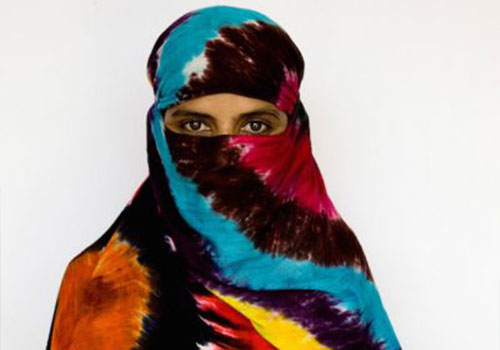Women’s Health
Given the official neglect towards monitoring and care of gynaecological complications caused by the disaster, special attention is given to this area by Sambhavna.
While officials continue to deny any exposure-related gynaecological health consequences, data collected at Sambhavna shows that of 190 females, aged between 13 and 19, who came to the clinic between 1st June 1999 and 31st March 2000, 113 reported menstrual problems, including painful and irregular menses, heavy bleeding and excessive vaginal secretions.
The secretions, known locally as ‘safed pani’ (literally white water), are not often openly discussed because of social taboos. Community health worker Aziza explains, "Women do talk about it more now but are often confined to their houses and can’t talk to their husbands about their problems or get education."
Worryingly, Sambhavna’s pathologist has found a high proportion of abnormal PAP smears among women survivors, increasing fears for a connection between cervical cancer and gas exposure.
Already in India, cervical cancer is the highest occurring cancer for women, but there is no provision for routine cervical screening in Bhopal. Women who are referred to local hospitals after producing abnormal smears have been reluctant to attend, given that the most common medical procedure for cervical abnormalities is an immediate hysterectomy. This is referred to as a 'blind hysterectomy' because no one including the doctor knows how far or how little the malignancy is.
In response to this situation Sambhavna initiated a cervical screening project. The project involved educational work in gas-affected communities to help surmount taboos concerning gynaecological health; a thorough programme of PAP smears coupled with cytological work (smear analysis); and where necessary the employment of up-to-date colposcope diagnosis and excision by LLETZ (large loop excision) of transformation zone of the suspect cervical tissue. At each stage of the project the role of the community health worker is crucial to guiding the women past social obstacles.
Sambhavna’s screening project shows that there is a place for the latest technology as well as 3000 year old Ayurvedic therapy when seeking the most rational treatment for gas survivors.


